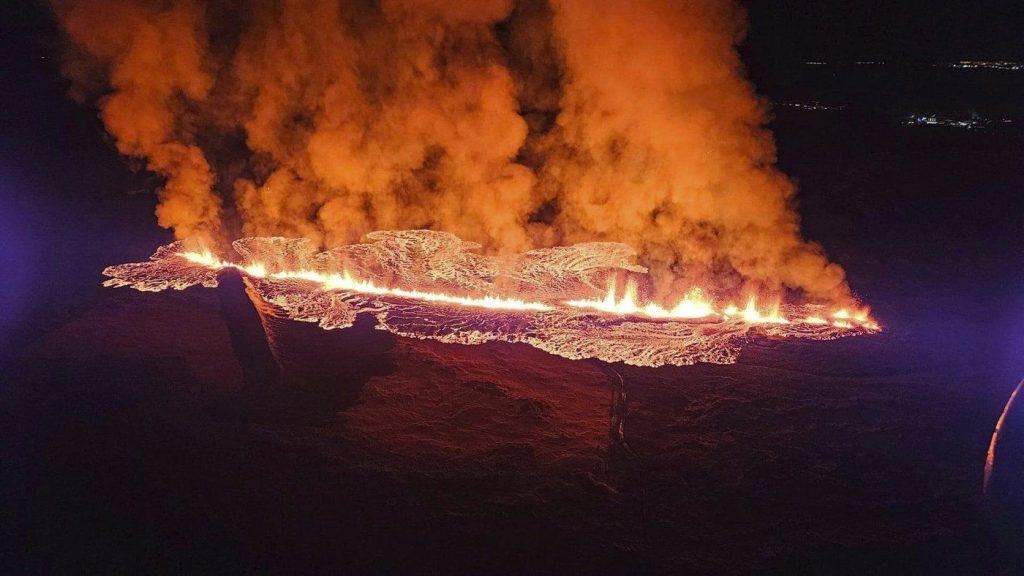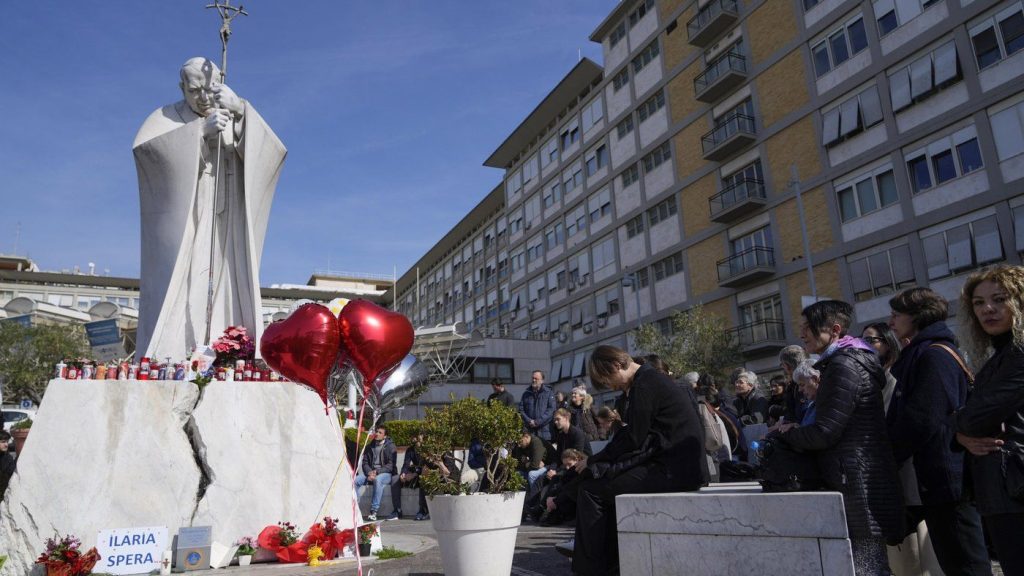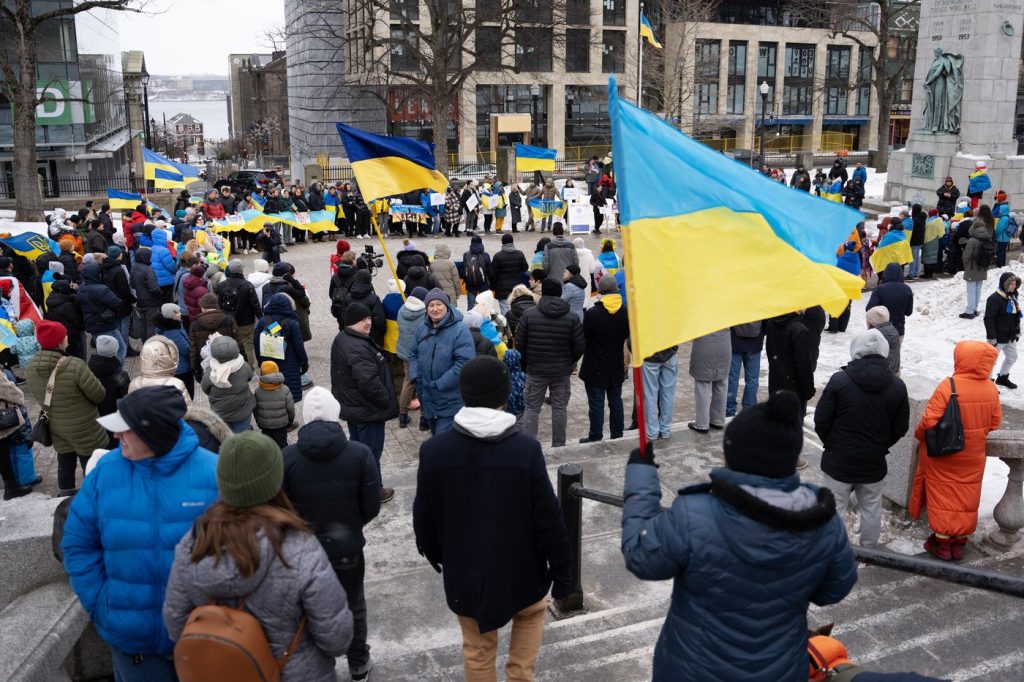Volcano erupts in southwestern Iceland, sending lava flowing toward nearby settlement

Posted January 14, 2024 5:26 am.
Last Updated January 14, 2024 8:36 am.
A volcano erupted in southwestern Iceland Sunday for the second time in less than a month, sending semi-molten rock toward a nearby settlement.
The eruption just before 8 a.m. came after a swarm of earthquakes near the town of Grindavik, the Icelandic Meteorological Office said. The community was evacuated overnight.
A crack opened near homes just a few hours later and moved to the community’s outskirts.
“Right now, a new fissure opened south of the first fissure from this morning,” Iceland’s Met office said in a statement. “The new crack is just outside the town limits.”
The 3,800 residents of Grindavik were previously evacuated from their homes in November following a series of earthquakes that led to cracks and openings in the earth between the town and Sýlingarfell, a small mountain to the north. The nearby Blue Lagoon geothermal spa — one of Iceland’s biggest tourist attractions — also closed temporarily. The volcano eventually erupted on Dec. 18.
Residents were allowed to return to their homes on Dec. 22. In the weeks since then, defensive walls had been placed around the volcano in hopes of directing the magma away from the community. But the walls of the barriers built north of Grindavik have been breached and lava is on the move toward the community, the meteorological office said.
“This continues to surprise us,” Benedikt Ófeigsson at the Icelandic Meteorological Office told Iceland’s RUV television. “Things were slowing down after the eruption started, but about half an hour or an hour ago they started to pick up speed again. We are no longer seeing a slowdown in the town.”
Iceland, which sits above a volcanic hot spot in the North Atlantic, averages an eruption every four to five years. The most disruptive in recent times was the 2010 eruption of the Eyjafjallajokull volcano, which spewed huge clouds of ash into the atmosphere and closed airspace over parts of Europe.
But Sunday’s eruption on the Reykjanes Peninsula, about 50 kilometers (30 miles) southwest of the capital, Reykjavik, isn’t expected to release large amounts of ash into the air. Gudjon Helgason, airport operator Isavia’s press officer, said that operations at Keflavík Airport are going on as normal.








